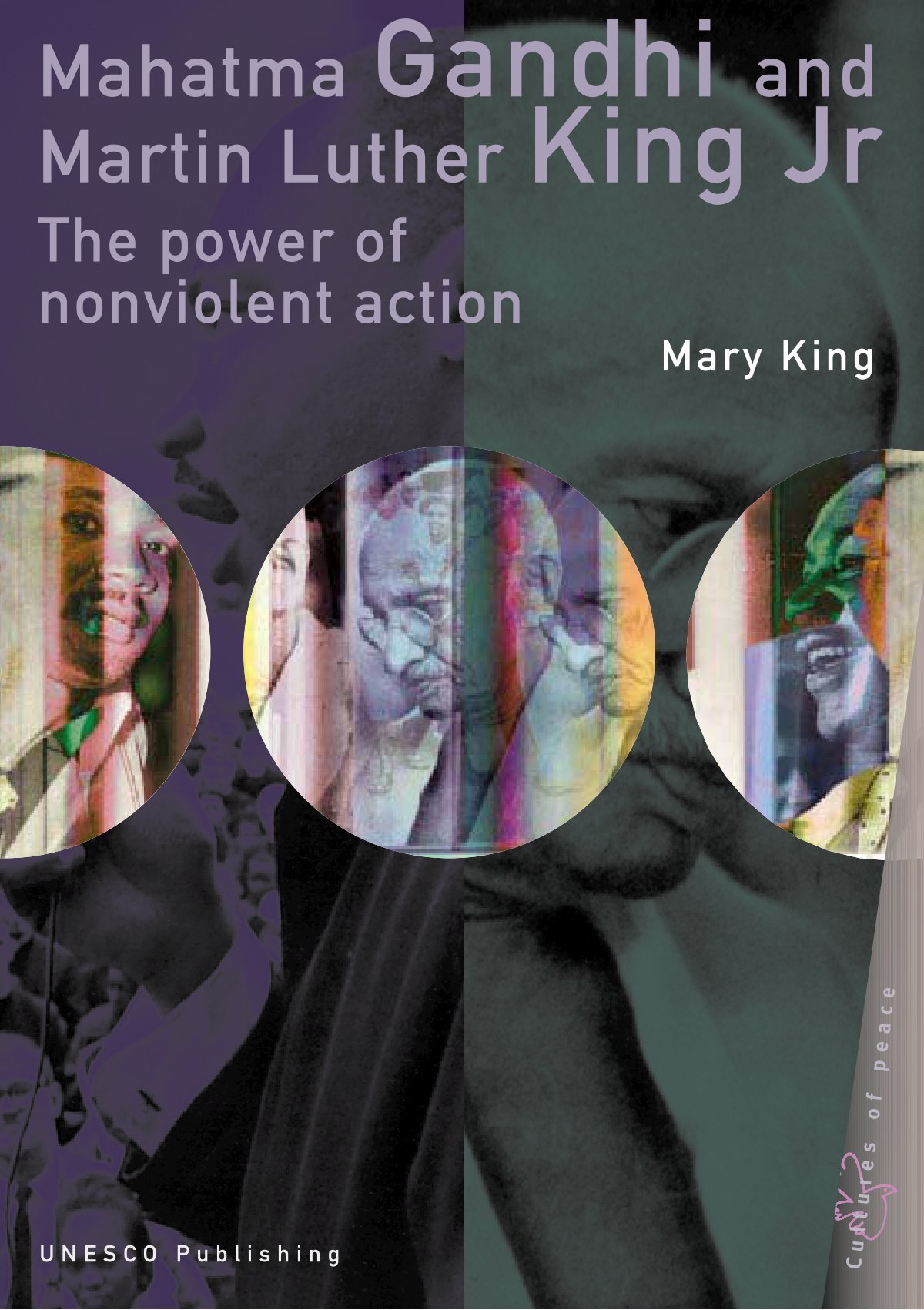
**Pause, Reflect, Choose: The Influence of Mindfulness in Daily Life**
In the current rapid-paced society, our lives are frequently dominated by an intense cycle of work commitments, personal obligations, and social interruptions. However, within this chaos, there exists a powerful resource that can not only reshape our approach to obstacles but also enhance our connections with ourselves and others: mindfulness.
Mindfulness transcends being a popular idea or a transient trend. It is a practice that enables us to take a step back, contemplate our thoughts or feelings, and make intentional choices that resonate with our values and objectives. By nurturing mindfulness, we can connect our instincts with our intentions, leading to a more significant and genuine existence.
### **The Internal Struggle: Impulse vs. Intention**
Daily, we encounter a subtle struggle between our immediate urges and our future ambitions. Reflect on these typical situations:
– A sudden wave of anger tempts you to react with frustration.
– A desire for sweets pushes you towards indulgence, even though you aim for a healthier diet.
– Self-doubt prevents you from tackling a challenge or pursuing a passion.
– The urge to procrastinate threatens to undermine an essential project.
These dilemmas are not new to us, but what distinguishes a mindful reaction from a knee-jerk one is the capacity to pause. What if, instead of allowing these urges to drive your actions, you could take a brief moment to step back, observe without criticism, and select a considered response? This embodies mindfulness — a practice of reclaiming your ability to choose rather than merely react.
### **The Pause That Transforms Everything**
Picture yourself amidst a high-pressure scenario — for instance, your computer crashes while you’re wrapping up a crucial report. Frustration escalates quickly, triggering a series of stress-fueled decisions. Now, envision a mindful response: before acting, you pause, close your eyes, and take a deep breath. By allowing yourself this brief interlude, you enable the initial surge of frustration to dissipate. You become cognizant of the physical sensations coursing through your body — the tightness, the heat — and acknowledge them: “This is frustration.” The mere act of identifying your emotion establishes a space between you and the experience.
That pause presents an opportunity. Rather than expressing frustration or panicking, you restart your computer and dissect the task into smaller, digestible components. Beyond addressing the immediate issue, this practice equips you to tackle similar situations in the future with calmness. Research backs this method: mindfulness enhances the brain’s prefrontal cortex, which governs self-regulation and decision-making, allowing us to respond more thoughtfully to life’s challenges.
### **Mindfulness in Action: Daily Contexts**
Mindfulness is not limited to meditation cushions or yoga mats. It is a technique to be integrated into everyday moments and choices:
1. **Resisting Impulse**: At a social event, a server presents you with dessert, and your gut reaction is to indulge. By employing mindfulness, you take a moment to reflect: “Am I truly hungry, or is this an emotional craving? How will this choice affect my feelings tomorrow?” You may decide to enjoy a single bite, select a healthier alternative, or consciously choose to indulge without guilt. The strength lies in your awareness, not suppression.
2. **Reframing Reactions**: Upon receiving a critical email, your instinct might lean toward defensiveness. A mindful pause enables you to breathe, evaluate the situation, and consider, “What result do I genuinely desire here? What is the most constructive way to respond?” Instead of intensifying the situation, you can opt for a reply grounded in clarity and purpose.
3. **Confronting Challenges**: Faced with an overwhelming task at work, you feel the urge to delay. Mindfulness equips you to recognize the fear behind your hesitation and take one small, achievable step forward. By concentrating on the present task and setting aside the “what-ifs,” you regain your drive.
### **Cultivating Mindfulness: Minor Actions with Major Effects**
Although mindfulness may appear theoretical, it is a skill that can be developed through small, practical exercises. Each moment of awareness solidifies the connection between your desire to react and your capability to respond:
1. **Breathe Into Awareness**
Close your eyes and take slow, deep breaths. Concentrate on the feeling of air entering and exiting your body. If your mind wanders, gently direct it back to your breath. A single breath can ground you in the present, alleviating stress or frustration.
2. **Engage Your Senses**
During your day, pay attention to the textures, colors, sounds, and scents surrounding you. Whether it’s the bright green of a houseplant, the fragrance of freshly brewed coffee, or the distant hum of traffic, these sensory experiences anchor you in the present and remind you to slow down.
3. **Move Mindfully**
Whether